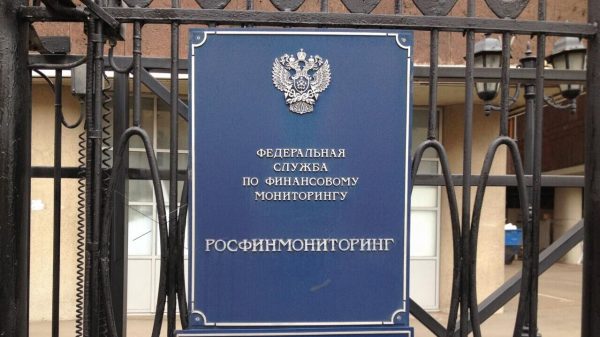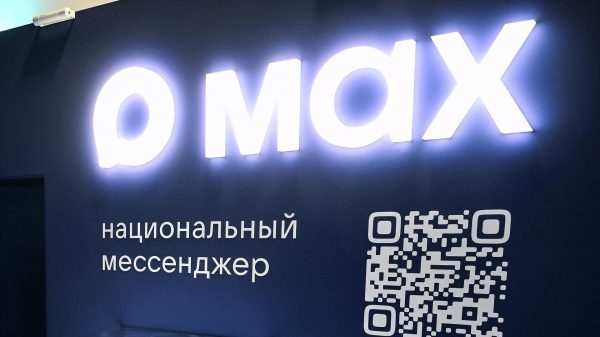At exchange trading in the remaining currencies available to Russians, high volatility remains. On the Moscow Exchange on June 24, the yuan exchange rate lost 3%, falling back to 11.68 rubles/CNY. At the same time, trading volumes fell. The situation may be associated with a decrease in demand for yuan against the backdrop of worsening foreign trade settlements. At the same time, according to analysts, in the second half of the year the Chinese currency exchange rate may rise to 13 rubles/CNY, since a lower one is unprofitable for the budget.
The high volatility of currency trading observed last week has continued into the current week. The yuan exchange rate on the Moscow Exchange started the day on June 24 with an increase of more than 1%, to 12.17 rubles/CNY. However, in the following hours, it lost ground and fell by more than 4%, to 11.59 rubles/CNY. At the end of the day, the rate stopped at 11.68 rubles/CNY, which is 37 kopecks, or 3% lower than Friday’s close. Last week, intraday movements reached 5–8%, whereas previously movements of more than 1.5% were very rare.
The decline in quotations occurred with lower investor activity than last week. The volume of trading in the Chinese currency for delivery “tomorrow” amounted to 122 billion rubles, one and a half times lower than on Friday.
The volatility of the ruble exchange rate is the norm for “a period of shocks in the foreign exchange market, while the system does not adapt to work in new conditions,” analysts say.
Sovcombank chief analyst Mikhail Vasiliev says that a similar picture was observed in past episodes of geopolitical exacerbations and the introduction of sanctions — in December 2014, spring 2022. Almost ten years ago, the dollar exchange rate soared by 60%, to 80 rubles/$; comparable growth was noted two years ago, when the rate rose above 120 rubles/$.
The current situation is complicated by the fact that one of the main consequences of the introduction of sanctions against the Moscow Exchange was not only the cessation of trading in toxic currencies, but also the complication of servicing balances in all currencies. Director of the Office of Market Research and Strategy of Rosbank Evgeny Koshelev notes that previously, through the National Clearing Center (NCC), it was possible to redistribute liquidity between sanctioned and non-sanctioned financial institutions. Now, due to the risk of secondary restrictions, such connections between market participants have decreased, including with Chinese banks.
For example, Bank of China, the Russian subsidiary of Bank of China, has suspended transactions with Russian banks from the US SDN list (see “Kommersant” dated June 24). This complicates export-import transactions and reduces demand for yuan.
“Due to the impossibility of withdrawing yuan abroad, a surplus of Chinese currency has formed on the local market, which is pushing its rate down at low volumes,” notes Vladimir Evstifeev, head of the analytical department of Zenit Bank.
According to Evgeny Koshelev, the smaller the circle of non-sanctioned financial institutions capable of absorbing liquidity and distributing it to the market, the more pronounced the effect can be.
As long as the foreign exchange market adapts to new non-market operating conditions, the volatility of the ruble exchange rate will continue, experts believe. According to Vladimir Evstifeev, “the beginning of a transformation of the foreign exchange market” is now taking place; complete normalization will take two to three months. Evgeniy Koshelev warns that market fragmentation can also lead to the opposite effect in the event of a decrease in the inflow of foreign currency into the country and an increase in demand for it from importers or companies forced to repay foreign currency loans. In this case, a currency shortage may form in the market, which will lead to a weakening of the ruble exchange rate.
Sovcombank admits that in the third and fourth quarters of 2024 the average exchange rate of the yuan will rise to 13 rubles/CNY, dollar exchange rate — up to 95 rubles/$, euro exchange rate — up to 102 rubles/€. In the event of sharp deviations of the ruble exchange rate from established ranges, Mikhail Vasiliev believes, the authorities will adjust the parameters of the mandatory sale of foreign currency earnings in order to stabilize the exchange rate of the Russian currency.


























































Свежие комментарии